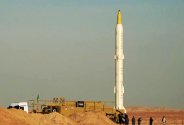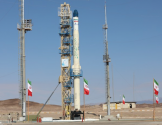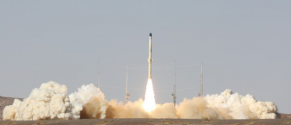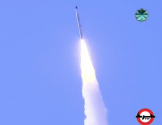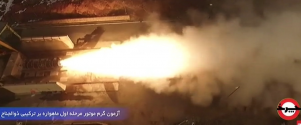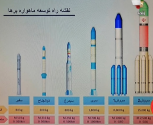on another site a user speaking Farsi indicated that Iranian Navy Chief Admiral Hossein Khanzad in the interview said
There are two phases of construction. First phase is done. The mission is 6 months and it will return to the port for second phase.
and other user :
اشیانه هلیکوپتر در قسمت سینه کشتی نصب میشود و در بالای آن به علت دید یهتر پل فرماندهی نصب میشود
در پشت اینها فرماندهی پهپاد خواهد بود
The helicopter hangar will be added to the forecastle of the ship (Sine)
On top of that for better vision, command bridge will be installed.
behind that is drone command center.
so I delighted in making a photoshop of what it might look like with a hangar in the bow and command bridge

There are two phases of construction. First phase is done. The mission is 6 months and it will return to the port for second phase.
and other user :
اشیانه هلیکوپتر در قسمت سینه کشتی نصب میشود و در بالای آن به علت دید یهتر پل فرماندهی نصب میشود
در پشت اینها فرماندهی پهپاد خواهد بود
The helicopter hangar will be added to the forecastle of the ship (Sine)
On top of that for better vision, command bridge will be installed.
behind that is drone command center.
so I delighted in making a photoshop of what it might look like with a hangar in the bow and command bridge


